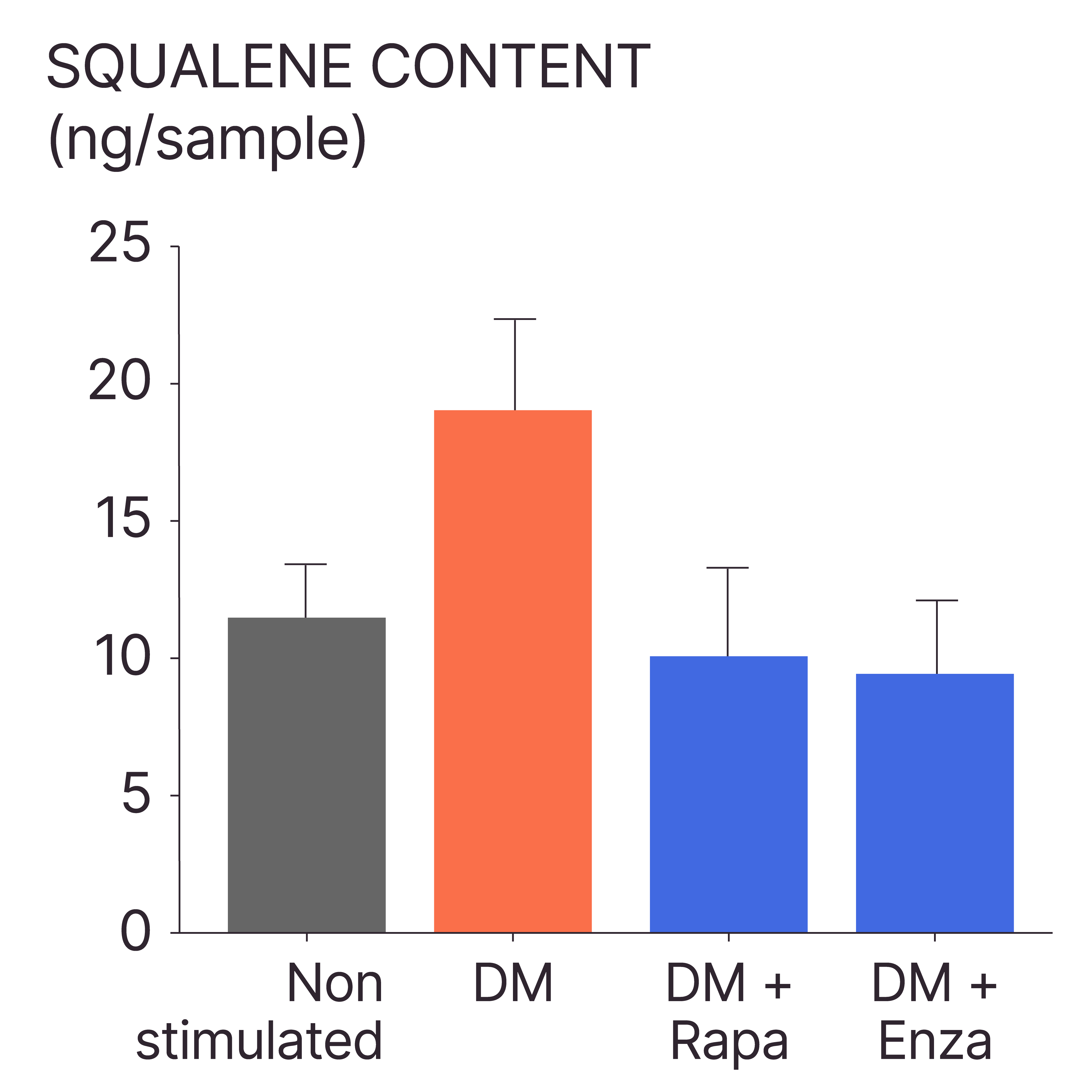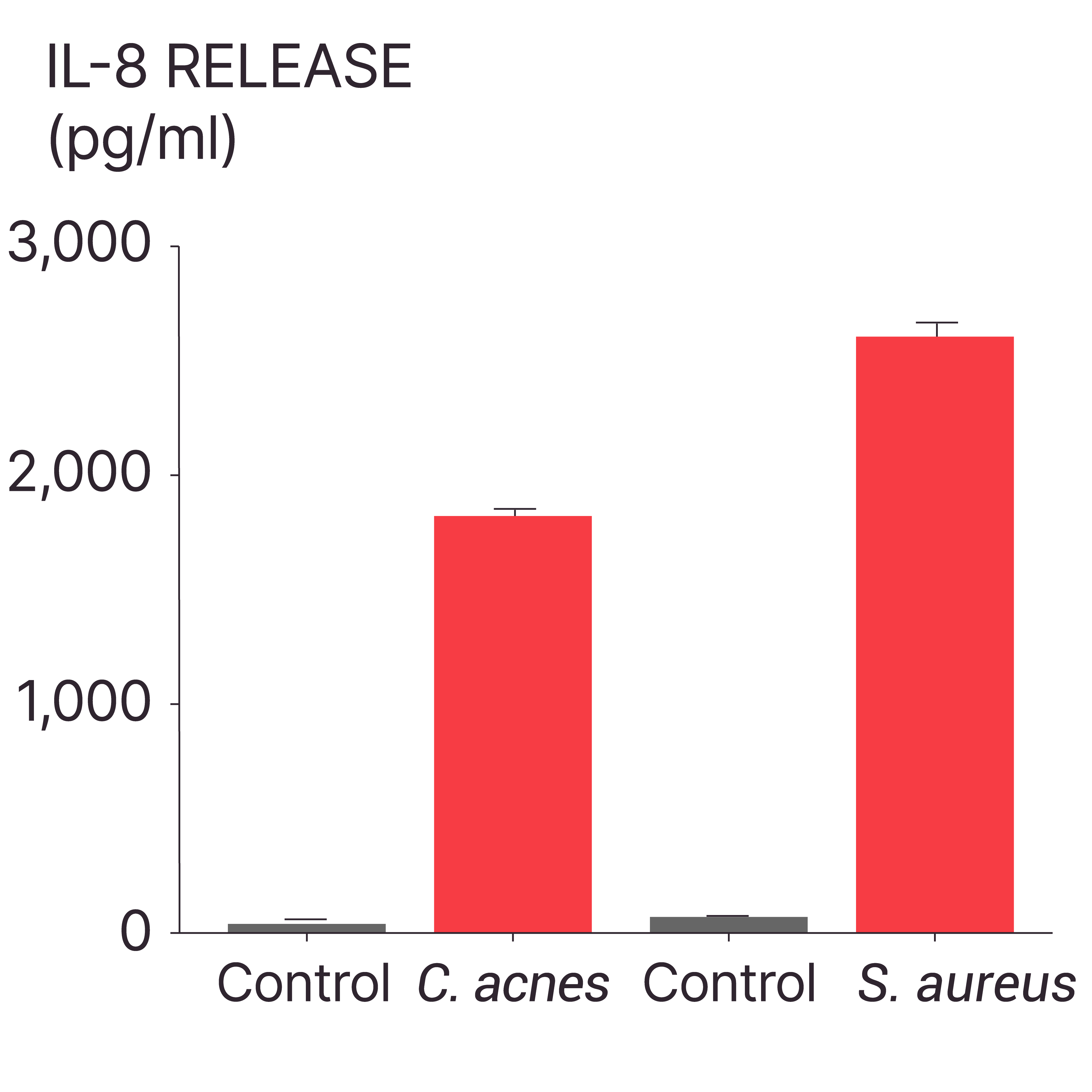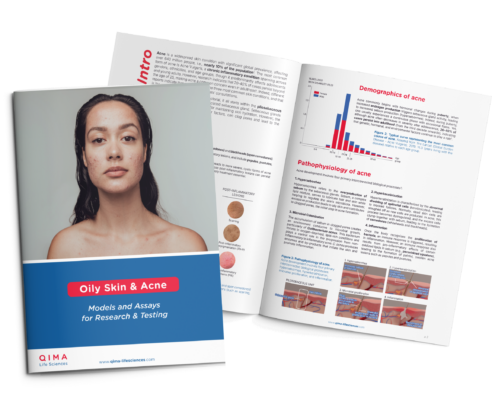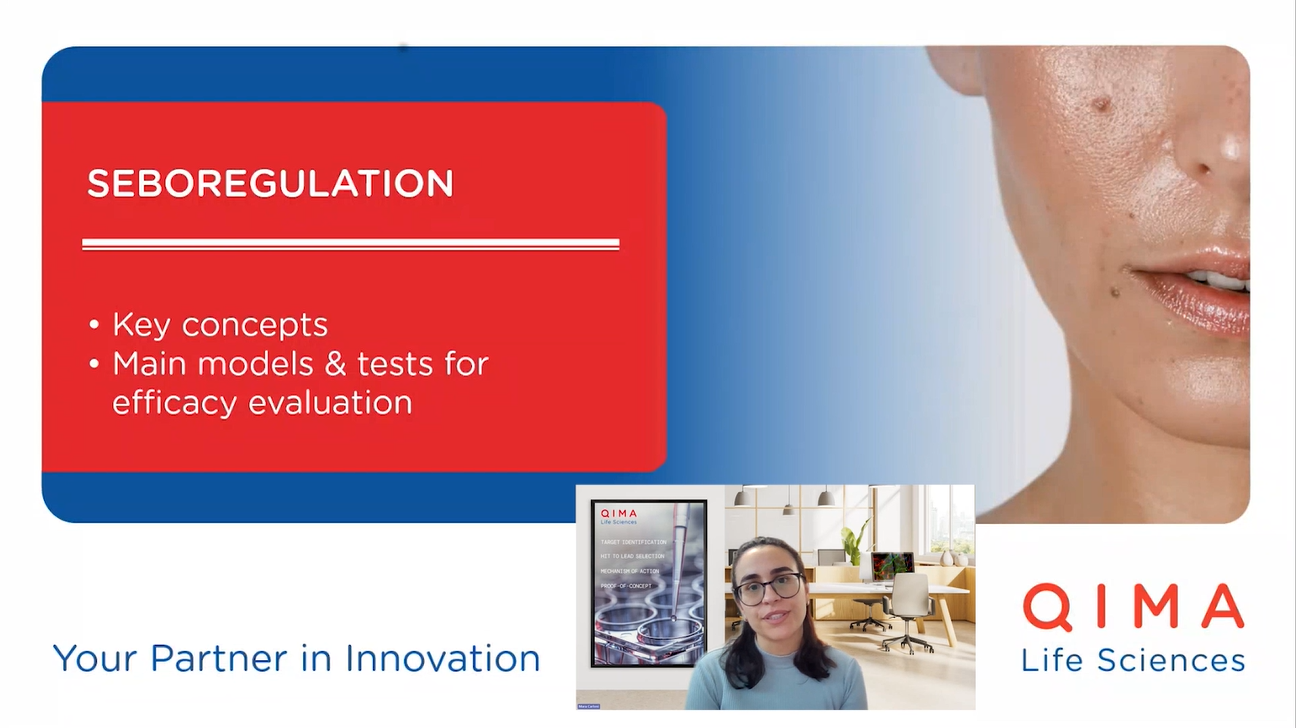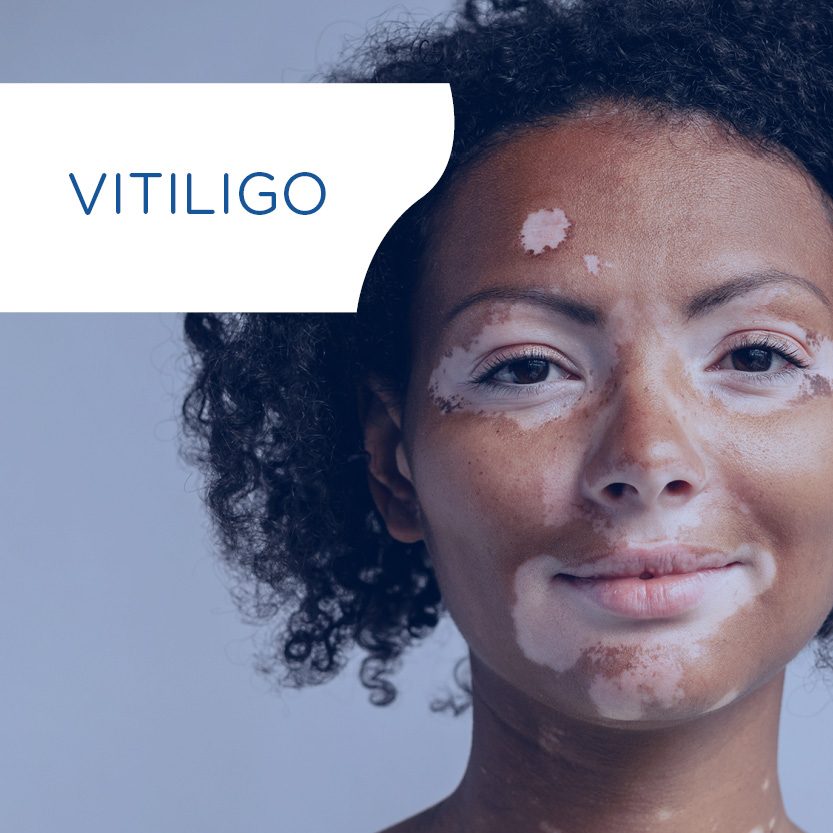Related Publications
SELECTED PUBLICATIONS ON ACNE
Spatial Distribution and Functional Impact of Human Scalp Hair Follicle Microbiota
>> Check the full list HERE.
Conference Contributions
We share our research on dermatology and trichology through international conferences and publications, contributing to the advancement of research in these fields.
>> Check our past contributions HERE.
Preclinical Research Solutions
Clinical Research Solutions
IN VITRO MODELS
- NHEK (Normal Human Epidermal Keratinocytes)
- NHDF (Normal Human Dermal Fibroblasts)
- Outer root sheath cells
- Sebocyte Cell Line SEBO662 Barrault, C., et al. (2012). Exp Dermatol
- Sebocyte Cell Line SEBO662AR (androgen-sensitive) Barrault, C., et al. (2015). J Steroid Biochem Mol Biol Exp Dermatol
- 3D Sebocyte Model
- RHE (Reconstructed Human Epidermis)
- Reconstructed Full-Thickness Human Skin
EX VIVO MODELS
- Human Skin Explants (Ex vivo skin)
- Re-Innervated Ex Vivo Skin
- Full-Length Terminal Hair Follicles with Sebaceous Glands
- Human Full-Thickness Skin with Full-Length Terminal Hair Follicles and Sebaceous Glands
BIOANALYSIS OF CLINICAL SAMPLES
- Sample collection (swabbing or tape stripping)
- Analysis and quantification of cellular components (DNA, proteins, lipids) via analytical chemistry
- Biomarker analysis
CLINICAL IMAGING
- Image capture
- Image analysis
- Ilustration services
- Grading solutions
CLINICAL TRIALS
- Clinical study implementation
- Clinical study performance
- Data management
- Data analysis
Environmental Factors:
External stressors can be simulated in our laboratories to study their effects on skin and to evaluate the efficacy of protective treatments:
-
- Particular matter (PM)
- Volatile organic compounds (VOCs)
Peroxidized squalene serves as an essential marker of environmental pollution, and we can track it both preclinically and clinically.
Acne Study Examples
HYPERSEBORRHEA
Test: Squalene content
Interest: Sebum has a unique lipid signature, including wax esters and squalene, and is modulated by hormones, microbiota, and diet. The Differentiation Mix (DM) mimics hormonal and dietary imbalances, inducing induce sebocyte differentiation and squalene synthesis.
Method: LC-MS/MS
Model: In vitro model of androgen-sensitive sebocytes (SEBO662AR, In vitro 2D)
Interpretation of results: Squalene levels resulting from the stimulation with DM are reduced upon addition of 2 sebo-regulatory reference molecules, rapamicin and enzatulamide (Rapa and Enza, respectively).
HYPERKERATINIZATION
Test: Keratinocyte differentation
Interest: Hyperkeratinization is characterized by the abnormal shedding of keratinocytes, leading to blocked follicles.
Method: Immunohistostaining (green: filaggrin)
Model: Reconstructed Human Epidermis (RHE)
Interpretation of results: Filaggrin is a key component of the stratum corneum and can thus be observed in the outermost layers of the epidermis. The addition of the Test Compound reduces the number of cells in the stratum corneum, as evidenced by decreased filaggrin levels in the epidermis.
MICROBIAL COLONIZATION & INFLAMMATION
Test: Pro-inflammatory cytokine release
Interest: Bacterial colonization of the skin triggers inflammatory responses, which can be assessed through the quantification of proinflammatory molecules.
Method: ELISA
Model: Sebocyte cell line, SEBO662.
Interpretation of results: The presence of skin-resident and acne-inducing bacteria induces the synthesis and release of IL-8, a pro-inflammatory cytokine.
CLINICAL STUDIES
Study: Assessment of acne marks
Method: Image analysis
Model: Human volunteers
Interpretation of results: The treatment led to a significant reduction in acne marks compared to baseline (quantitative data not presented). The accompanying image illustrates both the before and after effects overlaid on an avatar representation.
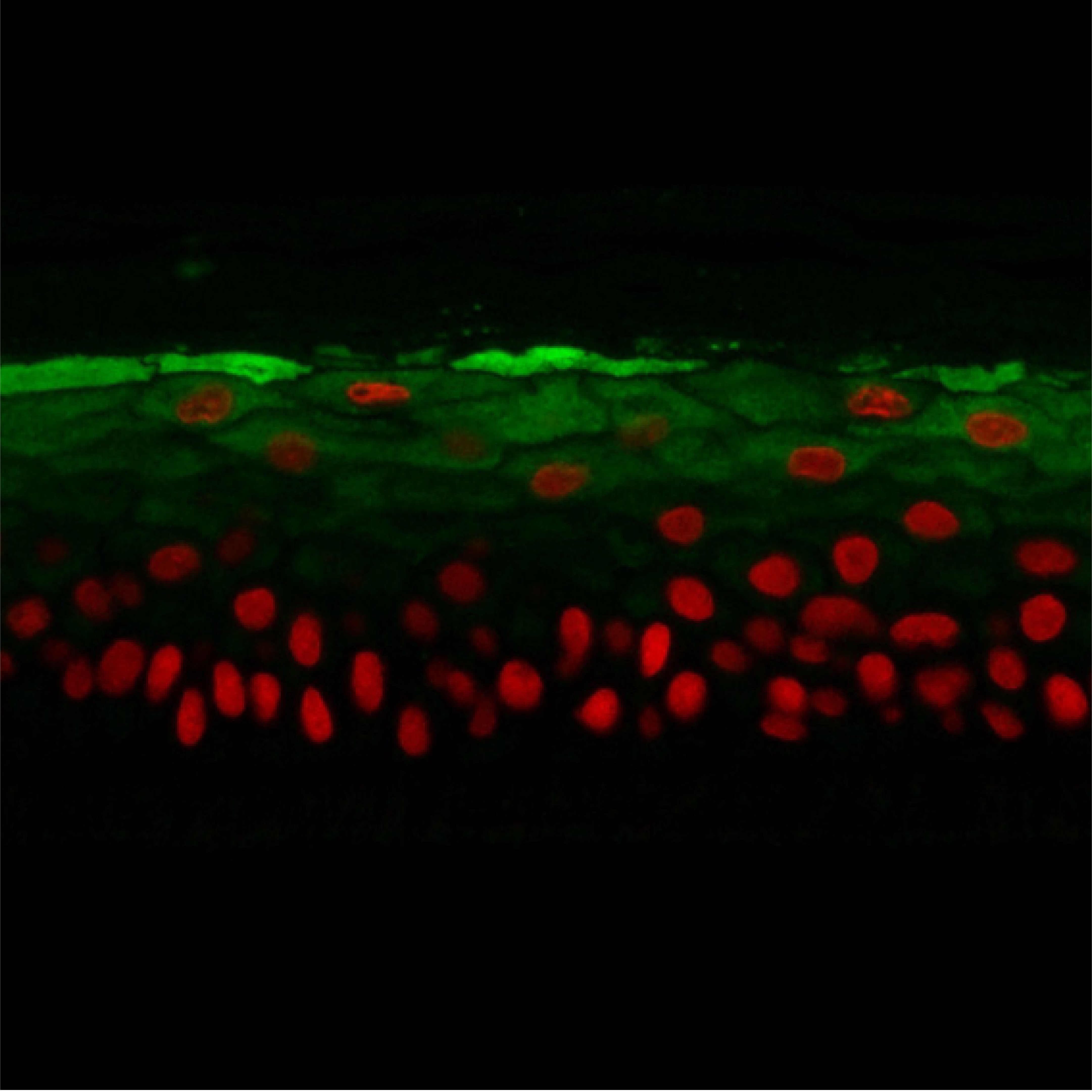
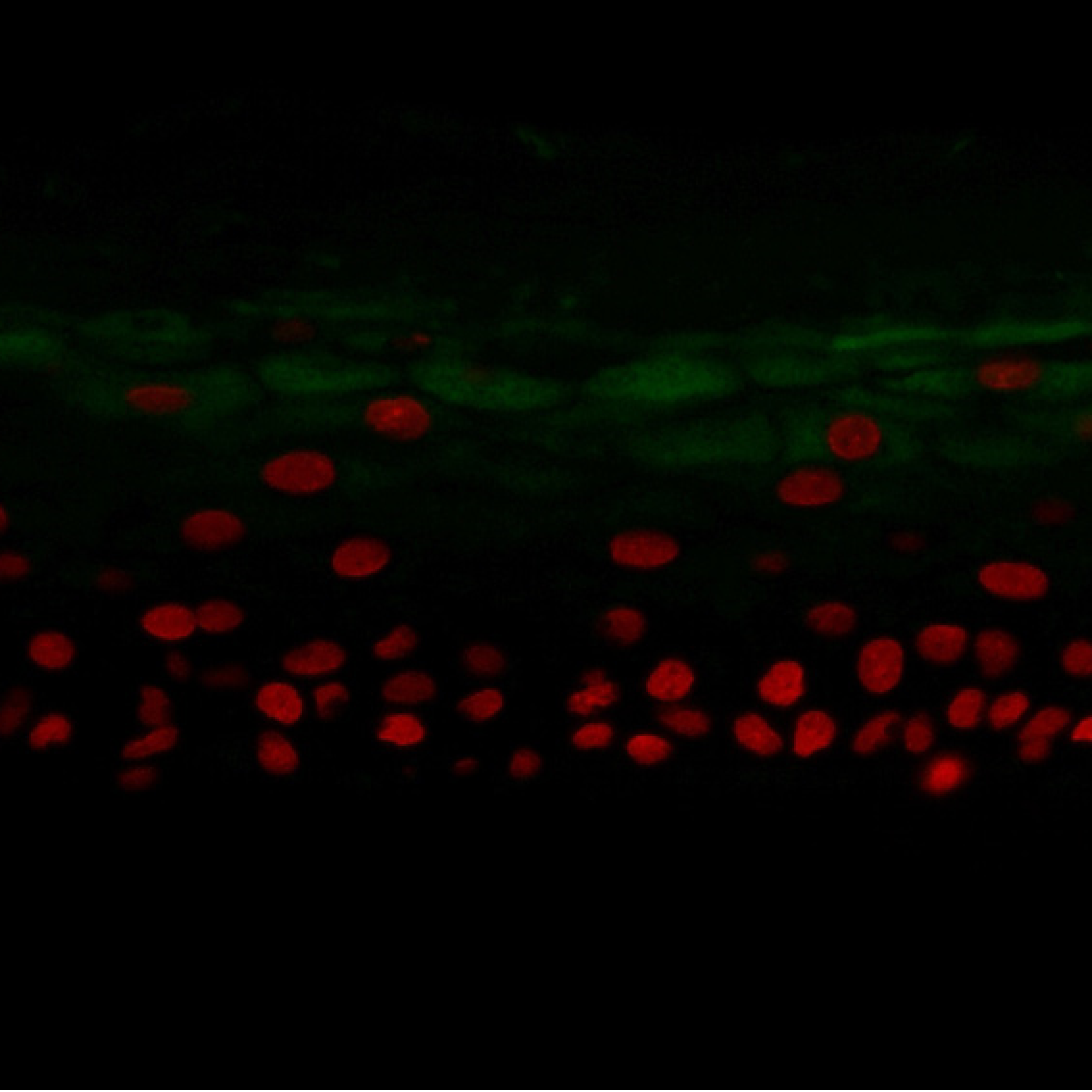
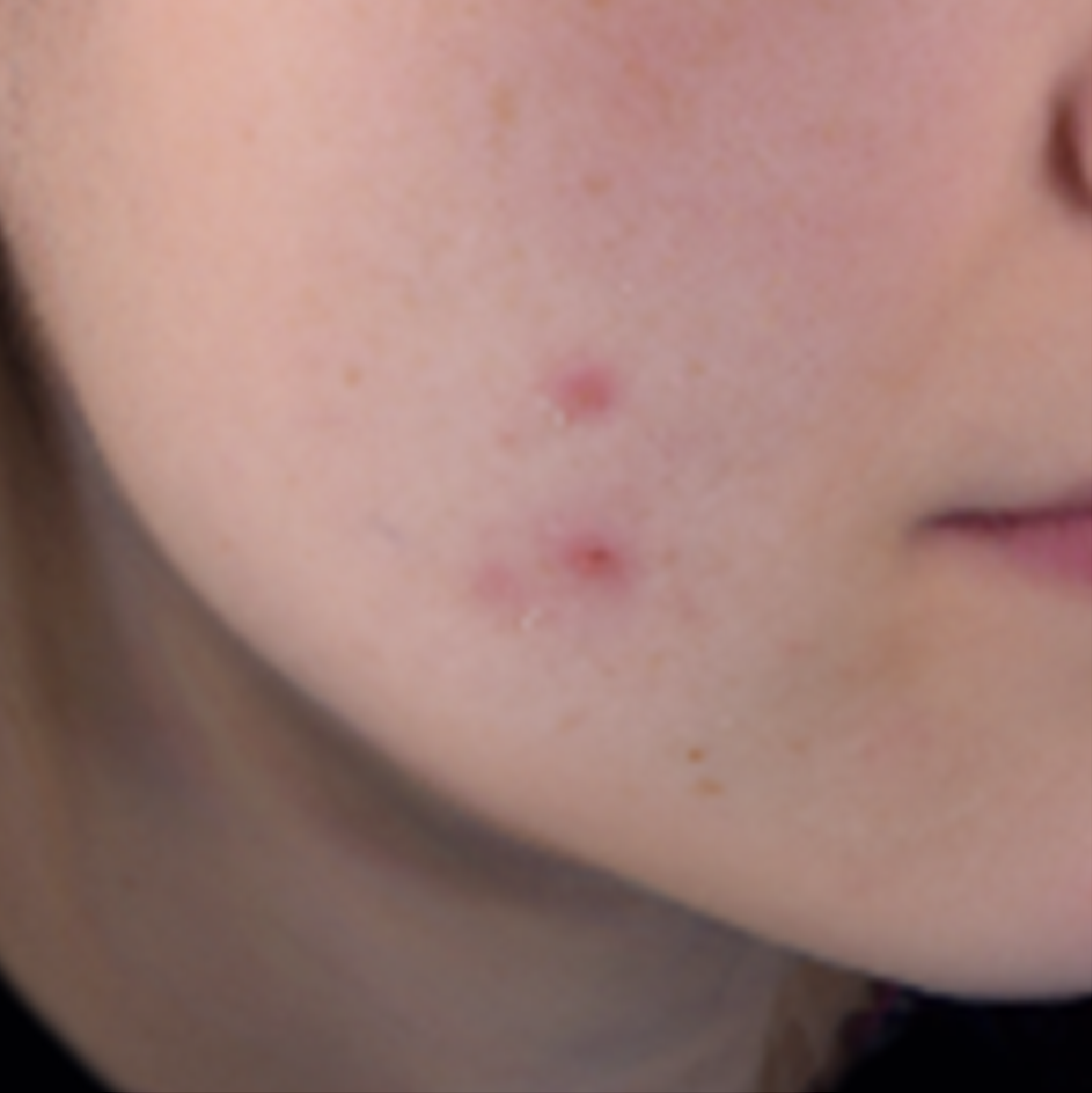

At QIMA Life Sciences, we are committed to staying at the forefront of dermatology research by developing innovative approaches.
We offer smart solutions for studying acne using validated models at both preclinical and clinical stages, making us the perfect partner for your research.
Explore All Our Models & Tests in Our Brochure
What’s New in Testing?
PRECLINICAL SOLUTIONS
Squalene Synthesis Modulators
Reconstructed Skin with Artificial Sebum
Interested in Learning More?
Explore Other Related Topics
ANDROGEN-SENSITIVE SEBOCYTE CELL LINE
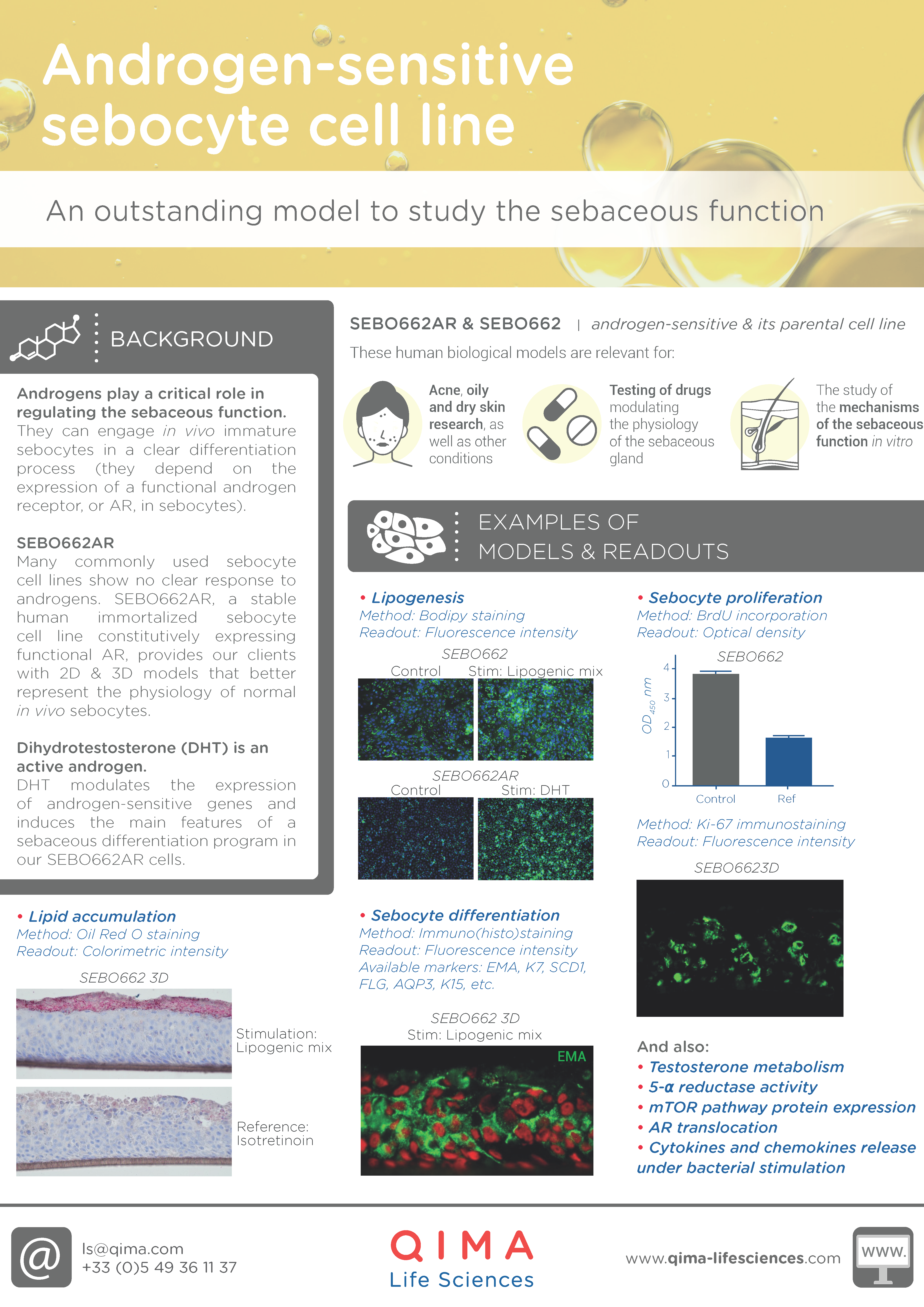
FACE IMAGING SYSTEM: COLORFACE®
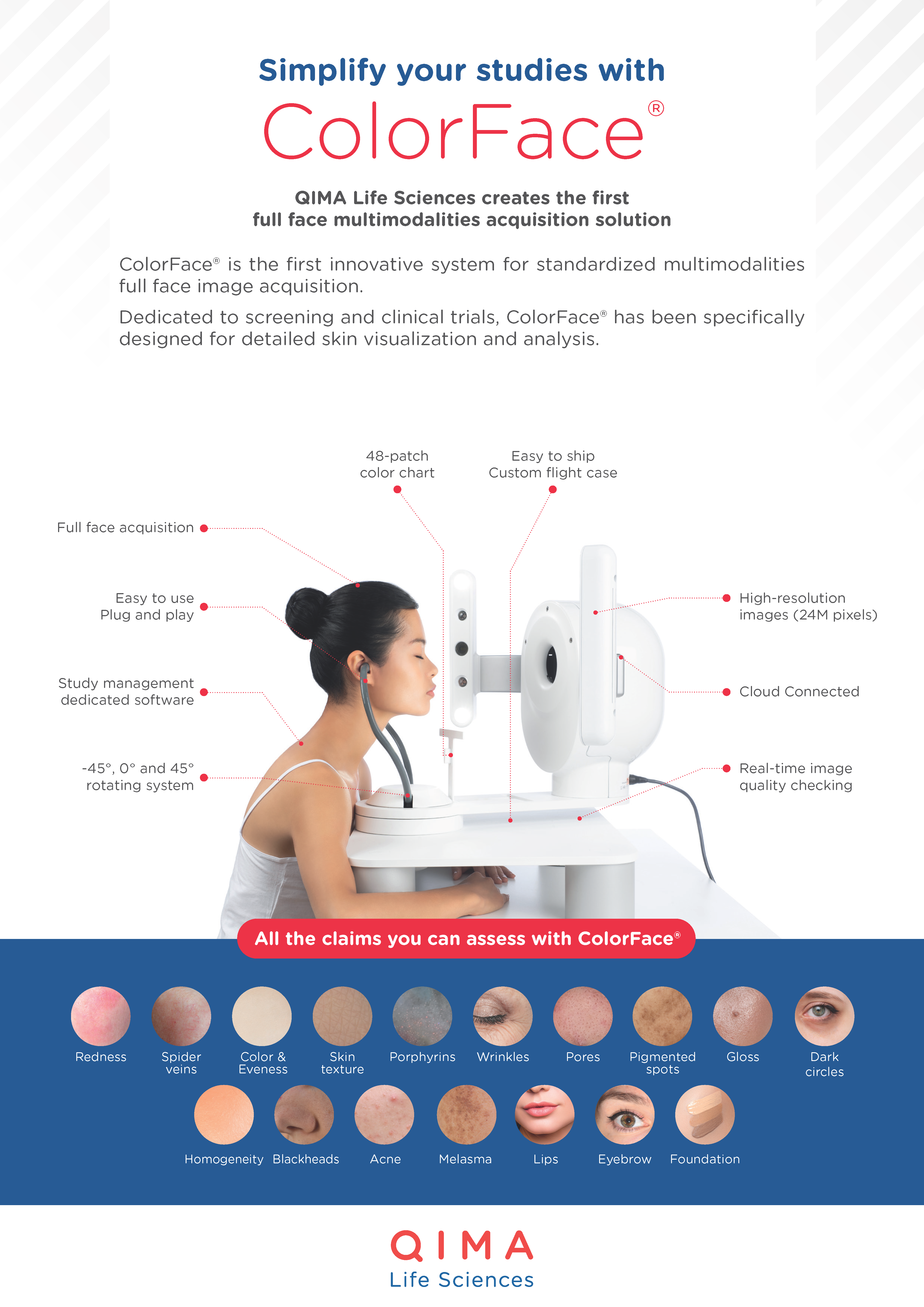
OILY SKIN AND ACNE RESEARCH & TESTING








